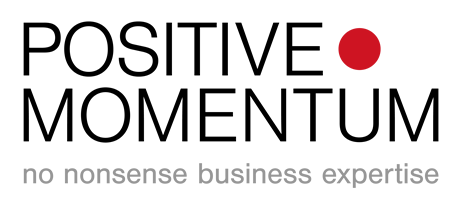You don’t have to look very far these days to find a polarised world riven by entrenched views. The algorithms of social media platforms haven’t helped – feeding and amplifying echo chambers, filtering out any perspectives which don’t match your world view.
Making good decisions is critical to progress, and in order to do it you have to look at all sides in the argument, some of which may seem ‘plain wrong’ to you. But being unable to acknowledge differing views can either lead to bad decisions, or worse still no decision at all, which can be paralysing in politics, and fatal in your business, so here are 5-steps to disagreeing gracefully and making good decisions.
Accept other views exist
The first step is acknowledging that a difference of views even exists. That sounds easy, but in fact it’s often easier to ignore a problem and hope it just goes away. I joined NBC News just as the website relaunched with a radical new picture-heavy home page. The industry loved it, the audience loathed it. We had to change it – it didn’t make me popular. (How it happened in the first place was a master-class in how not to develop a digital product, saved for another article).
Be curious about other views
Seek to understand the alternative point of view. It will doubtless originate from a perspective which isn’t your own, but no less valid. In the case of NBC News, it became clear in user research that a majority liked to be able to scan a home page filled with headlines, rather than navigate a mosaic of pictures. When you shine a light into a hitherto dark place, it’s no longer so scary. In this process of enquiry you will probably discover something new, and you could even find something you have in common.
Appreciate the differences
It’s a step further to empathise with an opposing view, transpose your own perspective and see the world the way another person sees it. It’s even more powerful when you can demonstrate it to others. It’s important for people to know they have been listened to, that someone else has actually made the effort to understand their point of view. When that happens you’re well on your way to disagreeing gracefully.
It reminds me of this amazing film from Heineken, Worlds Apart:

Allow yourself to be wrong
Of course there are occasions when, having got this far, you change your stance. That’s not weakness, that’s supreme strength! It comes from having taken the previous steps, and also having overcome your ego to alight on an enlightened position. Political journalists love a good U-turn, but it can only be one if you had already gone down a different path. And anyway, who cares whether it is or not. That’s all behind you. What’s ahead is far more important. If you look hard you can find the documentation of our about-face at NBC in the annals of the internet, but it didn’t stop us doubling our monthly video views to 120 million 18 months later.
Make a decision and move on
Now the final stage. Progress. You looked at the arguments, taken the curiosity to step into the shoes of others to see alternative perspectives, listened, and learned. It’s decision time. It’s doesn’t matter if it’s a 51/49, or a 60/40. It sure as hell won’t be a 100/0. But a decision is progress over paralysis. Whichever side you landed on, you can know that the process to get to it was true and just, and even if it wasn’t the path you originally would have taken, you know that, as a result, it is a better decision because of the very diversity of opinion behind it.








